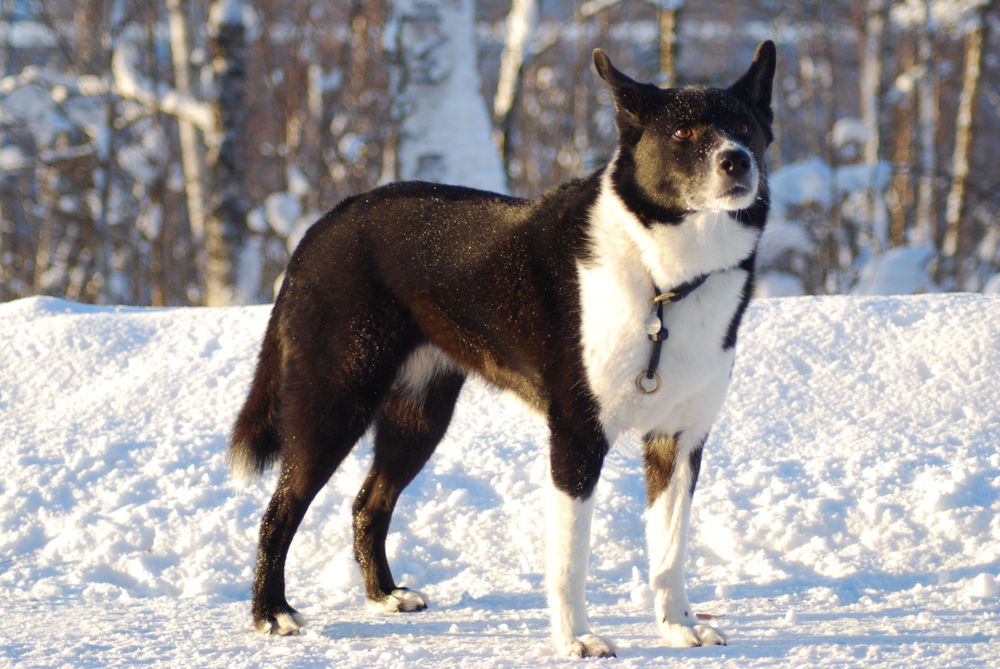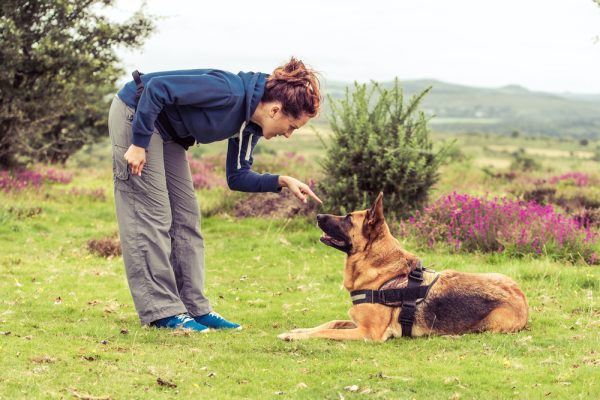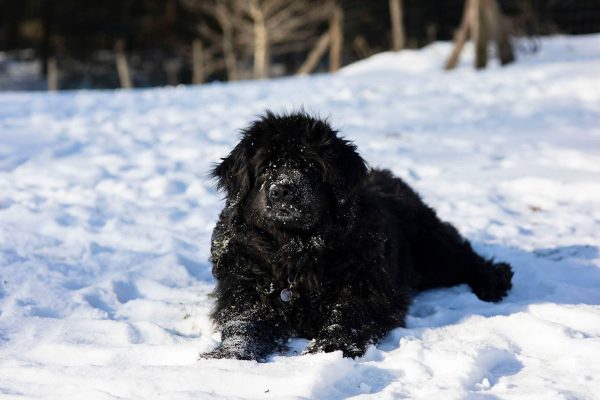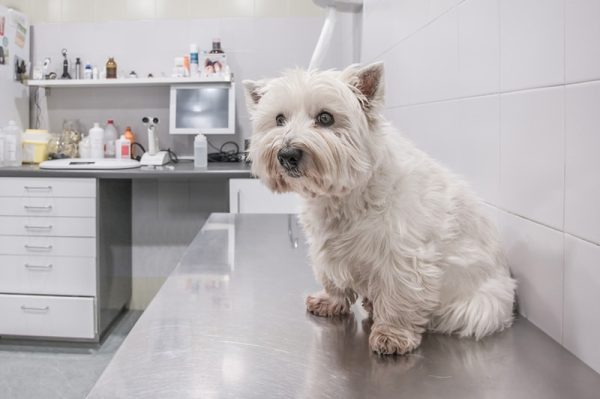In this article
It’s that time of year. Everyone is bundled up and trying to stay as snug as possible. Trips with your dog outside are brief, as you shiver to try to make it back and to the warm embrace of your crisp, toasty home air.
But how exactly are your dogs feeling? After all, they’re covered in hair with their natural coat. They must be feeling pretty okay, right? Or are they freezing and needing a wool sweater pronto? The answer to this is complicated, as it just depends on the breed and the individual dog. In this article, we aim to help you understand more about dogs and whether they like cold weather.

Do Dogs Like the Cold? Why Breed Matters
It’s important to remember that not all dogs are lumped in the same category. After all, even at just a glance, we notice that dog coats are made up of different textures and thicknesses.
A tiny dog that has very short hair is going to get much colder than a thick-coated breed, such as a Malamute. Dogs come from all areas of the world. Each one of them will come with a coat equipped to handle the environment they are intended for.
If a dog is bred in a very cold environment for a certain purpose, their coat will reflect that by being very thick and fluffy. Dogs such as Siberian Huskies, Newfoundlands, Tibetan Mastiffs, Saint Bernards, Chow Chows, and Malamutes tend to love the cold weather because that’s what they’re equipped for.
If dogs are from areas where it gets very hot, they will tend to keep a very thin coat or a coat that is not suitable for surviving in cold weather. Dogs such as Chihuahuas, Xoloitzcuintlis, Australian Cattle Dogs, Greyhounds, and many terrier breeds tend to have shorter coats that aren’t suitable for cold weather, so they don’t like it as much.
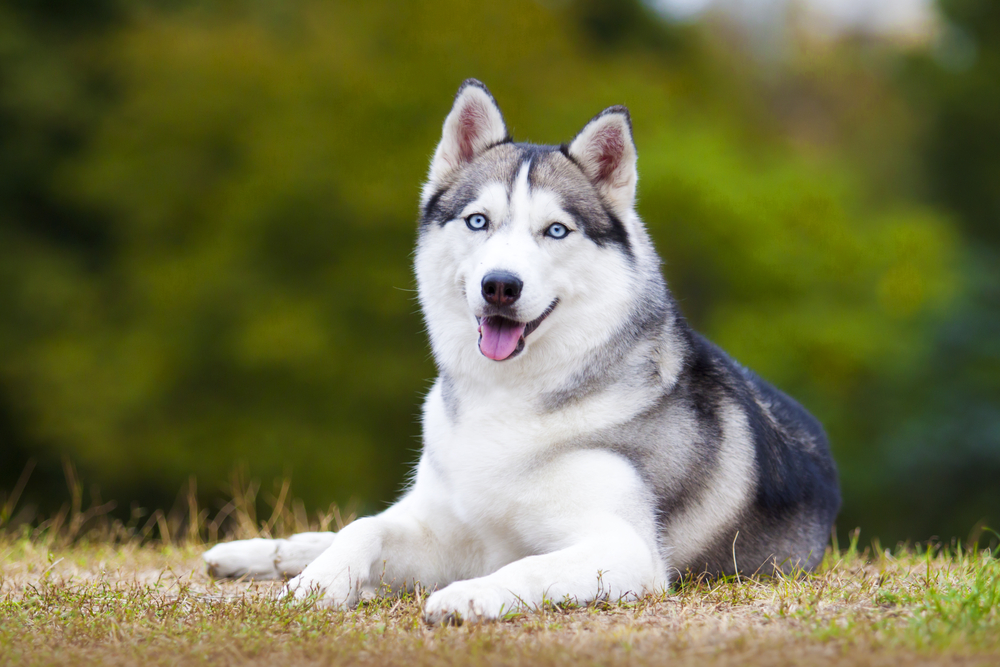

More About Dog Coats
There are a few different kinds of coats. Some coat types are a hairless coat, a single coat, or a double coat.
Hairless Dogs
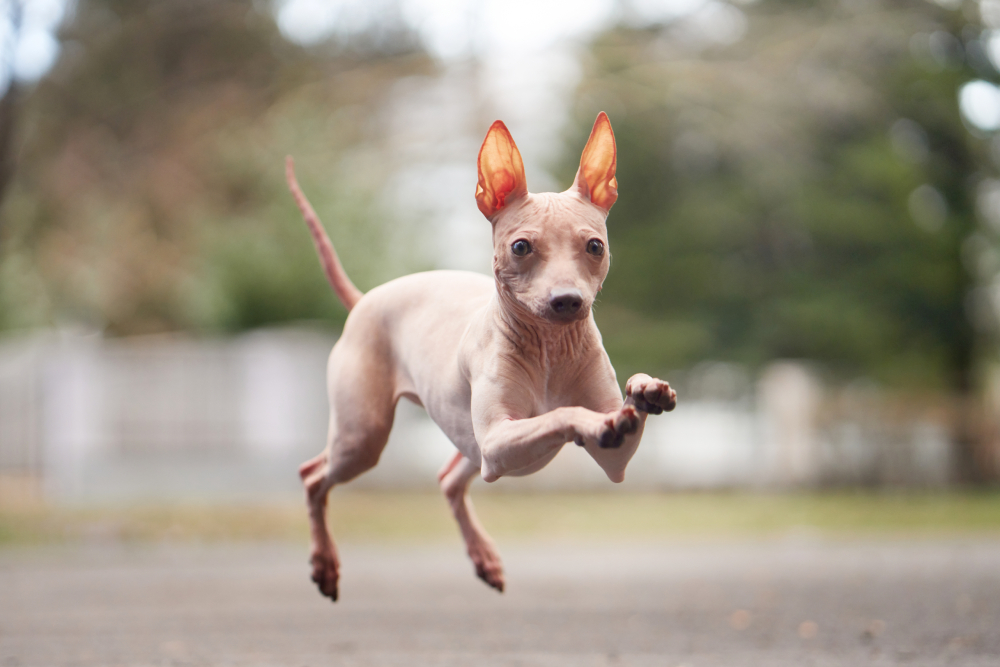
This is very rare and only happens in certain dog breeds or due to genetic anomalies. Hairlessness is quite a phenomenon for dogs and their skin responds very similarly to the way that a human’s does.
Hairless dogs are very susceptible to sunburn (and windburn) and require shade and sunscreen if they are going to be enjoying a nice day out catching some rays. They also require protection in the cold, such as a coat or sweater.
Some examples of hairless dogs include the American Hairless Terrier, the Mexican Hairless Terrier, and the Chinese Crested.
Single-coated Breeds
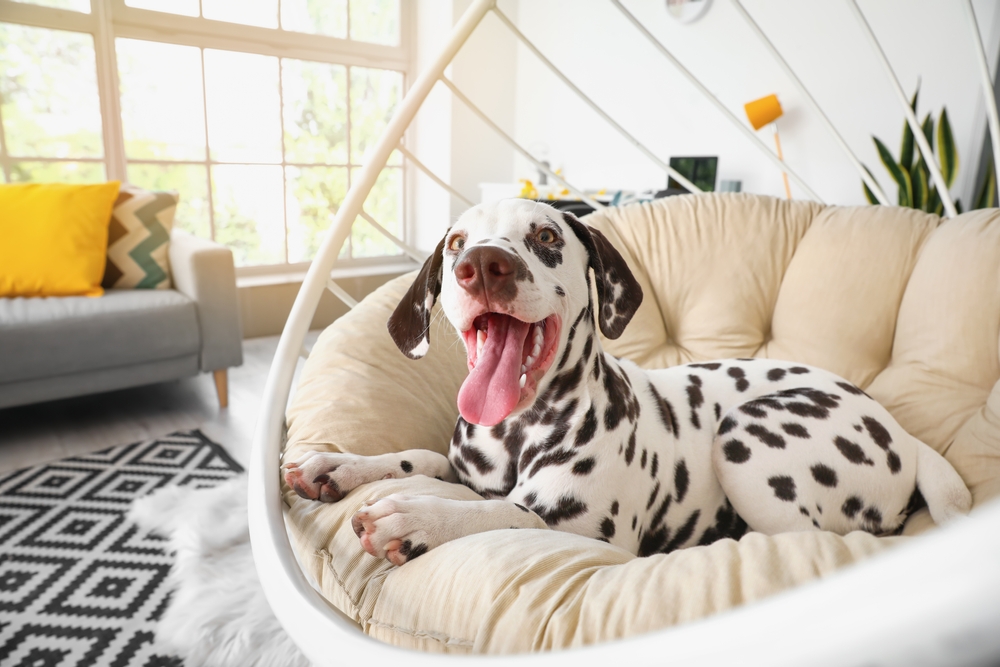
Single-coated breeds are dogs that have a singular, even coat length that lightly protects the skin from sun and weather exposure. They can be long or short-haired. These breeds tolerate the heat better, but you should always have shade and fresh water provided.
Some examples of single-coated breeds include Dalmatians, Boston Terriers, Afghan Hounds and Greyhounds.
Because they lack an insulating undercoat they aren’t as well-suited for cold weather, they may also need a sweater or coat if they’re going to be out in the cold for long periods, but often will be just fine as long as they are only out in the cold for a short amount of time.
Double-coated Breeds
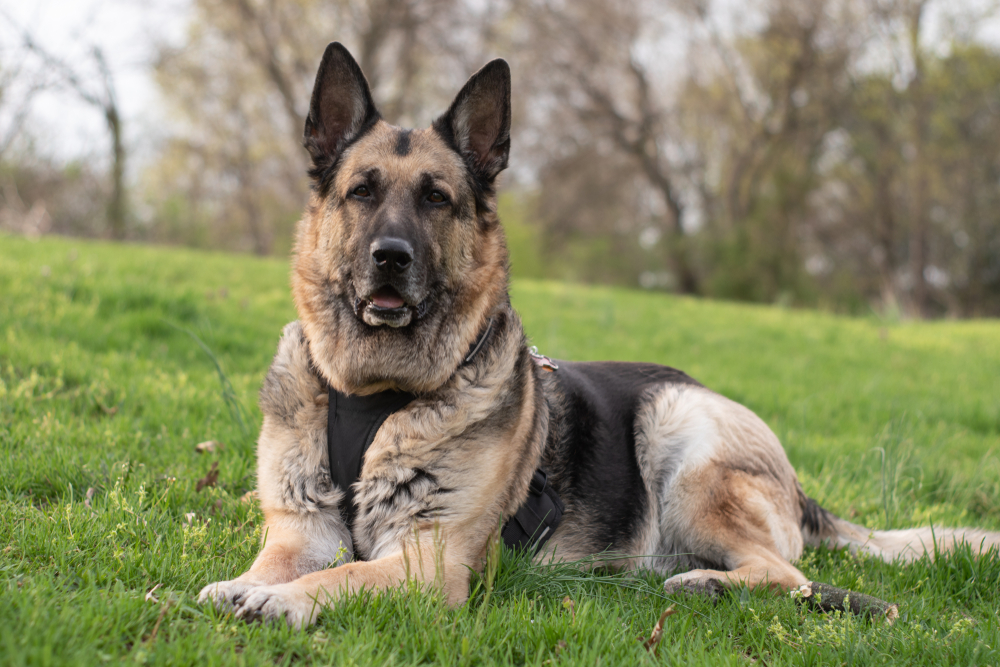
Double-coated dogs have two layers of fur: a dense, short undercoat and a thick, longer overcoat. This coat design helps them regulate their body temperature and protect the skin.
Some examples of double-coated breeds include Huskies, German Shepherds, Bernese Mountain Dogs, and English Springer Spaniels. These dogs are often the best suited for cold weather and cope well with cold temperatures to differing extents.

What Is the Recommended Outdoor Temperature for Dogs?
The recommended temperature for dogs might be much warmer than you think. Even though you can see dogs traipsing around in snow, it doesn’t necessarily mean that cold weather is good for your dog. This is particularly true long-term.
You should always take short trips outside with your dog anytime the weather is below 50°F.
When it’s below 32°, it puts your dog at risk of frostbite and other problems due to cold exposure, especially without proper protection. If it is below 20°F, owners need to understand that spending prolonged time outside in the cold will likely lead to hypothermia, frostbite, and potentially death.
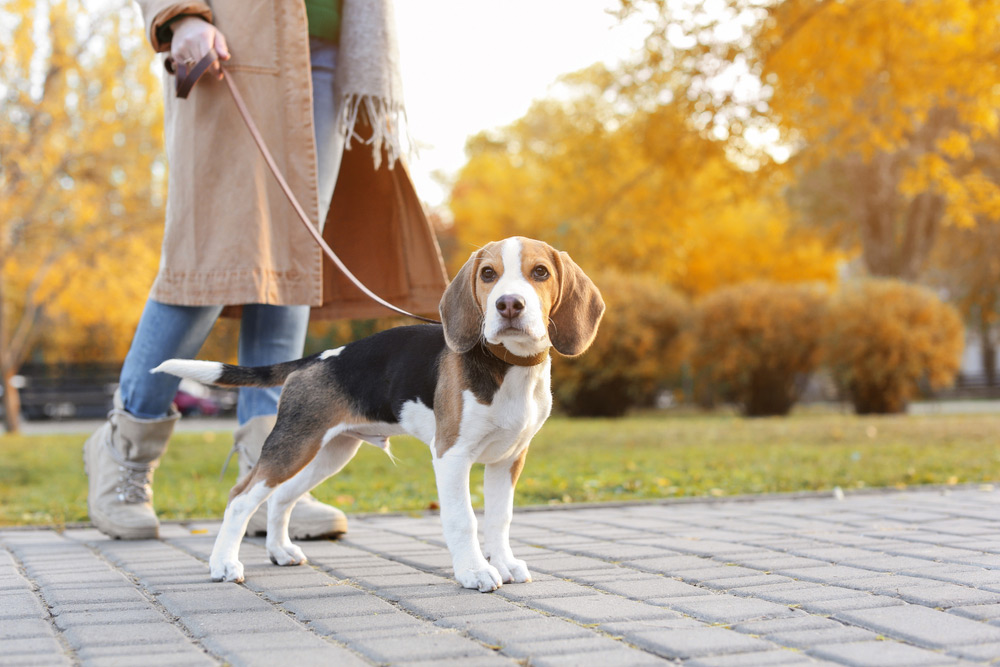
Why Does My Dog Want to Stay Outside in the Cold?
If your dog is of a breed that is equipped for cold weather, they can tolerate being cold for longer than other dogs. They may want to stay outside in the cold longer because it is part of their instincts and what they were bred for.
For example, Huskies were bred to travel long distances in the snow. Saint Bernards were bred to rescue people in the snowy Alps of Italy and Switzerland. They are adapted to this type of weather and may enjoy it.
However, even breeds with shorter coats, such as Labradors, may enjoy the cold weather. Just like people, dogs have preferences for what they like and don’t like. So as long as you are familiar with the type of coat your dog has and how long they can be kept outside safely, it is okay to let them stay in the cold for a little while if they seem to enjoy it.

Precautions in the Weather
You need to take precautions with your dog in the weather. Be sure to check the weather beforehand and prepare for any rain, snow, or ice. You need to make sure that everything is in order.
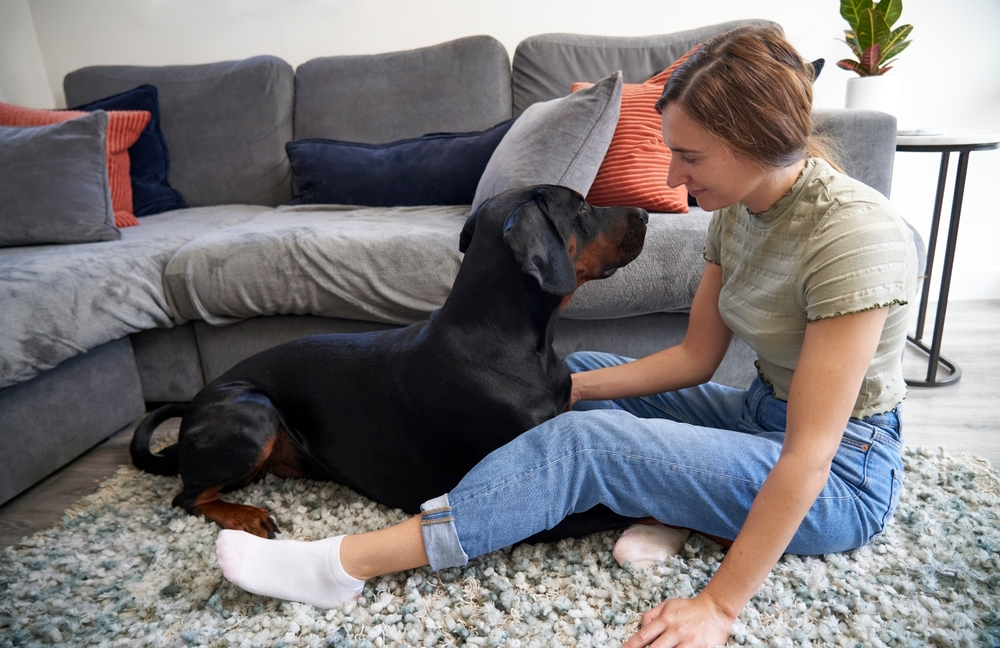
Frostbite
Frostbite is a condition that affects the skin and underlying tissue, killing the cells. In cold ambient temperatures, the vessels around the extremities shrink, to maintain core body temperature. The reduced blood flow and cold freezes the skin cells to death. Because of vasoconstriction at the extremities, the paws, ears, and tail are most commonly affected. It wouldn’t be a fun experience, especially not for your dog.
- Red, pale, blue, or black skin
- Skin ulcers
- Pain
- Cold extremities
Frostbite requires vet attention and definite aftercare.
Hypothermia
Hypothermia is a condition where the dog’s basal body temperature drops below 99°F. When severe, the body starts to go into shock and shut down, making mobility and consciousness very difficult. If not treated quickly and effectively, hypothermia can and will be fatal.
- Pale skin and gums
- Lower body temperature
- Shivering
- Lack of coordination
- Lethargy
- Low heart rate
- Immobility
Any dog suspected of having hypothermia should be taken to the vet for emergency care.

Protecting Your Dog from the Elements
If you are going to have your dog outside in the wintertime, you must do your best to protect them from the elements. Even though some dogs really like the cold, and even further, snow, it still poses several hazards to their overall well-being.
If you have a dog outside for any length of time, here are a few key things to keep in mind to keep your dog safe and sound.
Offer Shelter
Offering shelter is one of the most basic things you can do for your dog when it gets cold outside. It should be non-negotiable as they must live a comfortable life.
The best type of shelter is to keep your dog inside during cold weather. But if you can’t do that, it’s important to supply your dog with a doghouse with insulation in it. You should also make sure your dog has thick blankets in their dog house.
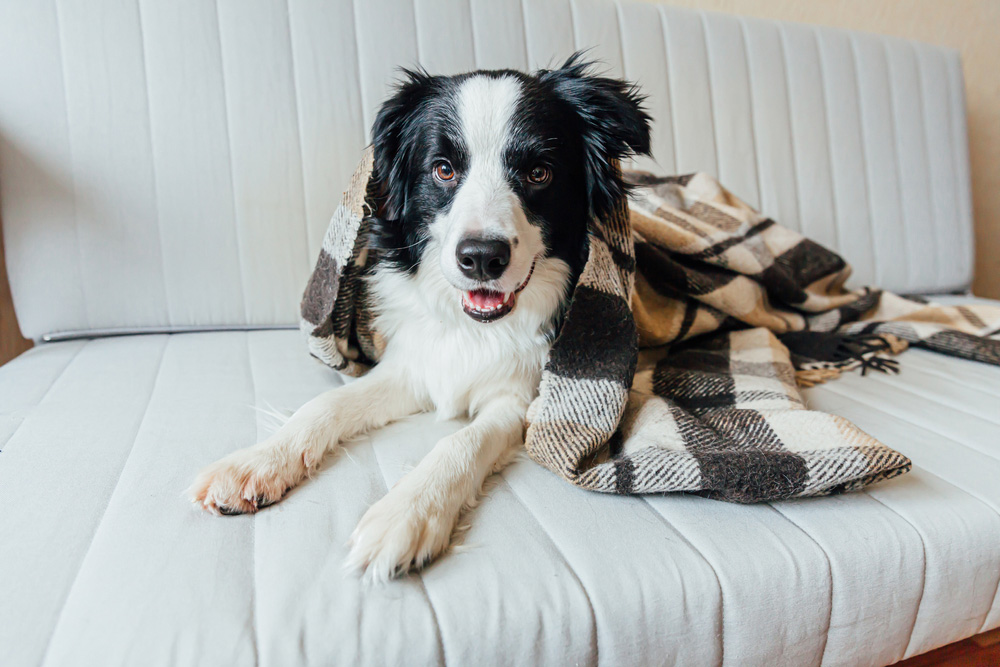
Heaters
If you place it in a position where it is completely safe, you can use a heater to keep your dog warm outdoors or in a shed. You would have to set the heater up in such a way that it could not be knocked over, moved, or otherwise reachable to your dog or anything else that might be lurking around.
It is important to put out a heater that has the proper wattage to make sure that the heater can keep up with the overall capacity necessary.
Clothes
A well-fitted, good-quality dog jacket can give your dog an extra layer of insulation during cold weather. Some are waterproof, which is good when venturing outside in the rain and snow. This helps keep water well away from their skin. Never leave the jacket on for days on end without checking it; infections and wounds can form from the jacket rubbing and other problems under the coat. Boots are a good option for walking in the cold to insulate their extremities from the cold.

Conclusion
It should be quite clear from your dog’s overall reaction how they feel about cold weather. If your dog is excited and ready to romp in the snow, it’s clear that they love this kind of weather. If they are shivering and look completely miserable doing their business, you can be certain they aren’t digging it.
So now you understand that some dogs might love the cold more than others. Huskies are going to get very excited when it snows, and Chihuahuas aren’t going to want to step in it. So, there is quite a big difference between dogs. Just take the right precautions in the cold for your particular dog!
Featured Image Credit: Louise Ekeblad, Shutterstock
